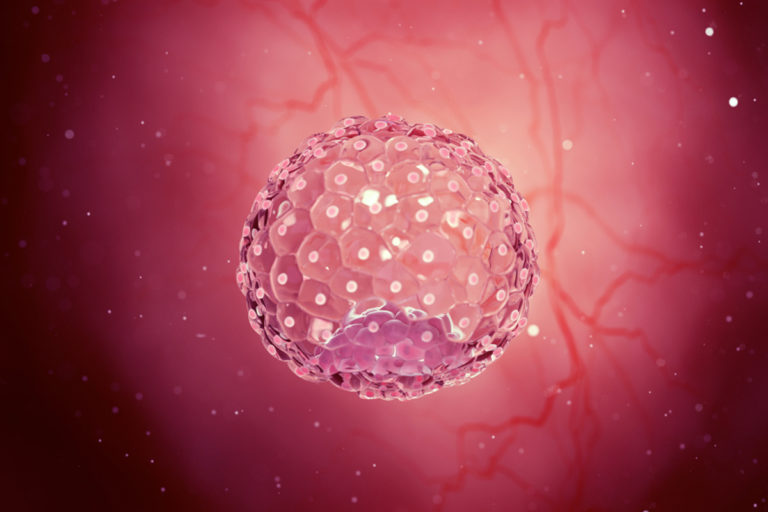Blastocyst transfer that has been practiced thanks to developing technology is a advanced method of in vitro fertilization.
In a normal pregnancy, an egg is fertilized by a sperm, resulting with a single-cell embryo that passes through Fallopian tubes approximately 5 to 6 days after fertilization in order to attach to mother’s womb. This embryo with higher volume that also gets out of the membrane is called blastocyst.
On the contrary to conventional in vitro fertilization therapy, where embryos are transferred 2 to 3 days after fertilization, in blastocyst transfer, embryos are grown and monitored in laboratory until Day 5 or 6 of their development. The transfer of embryo is performed on the stage of blastocyst. Pregnancy test can be conducted 12 days after the transfer.
With this procedure, chance of pregnancy for couples, who are unable to concieve, increases significantly in comparison to classical methods. However it is not appropriate for every case. In which stage that the embryo will be transferred should be decided in light of personal criteria such as current characteristics of the patient, intra-uterine development and treatment history.
Who are Candidates for Blastocyst Transfer?
Blastocyst transfer is generally preferred for;
- Females under the age of 35
- Individuals with 5 or more quality embryo on the day 3 following fertilization.
- Couples who are unable to conceive despite receiving quality embryo transfer on day 2 or 3 during prior attempts.
- Couples who wish to avoid multiple pregnancies.
What Are The Advantages of Blastocyte Transfer?
- Couples are provided with a higher chance of pregnancy with the selection of embryos that are more likely to grow.
- The ratio for multiple pregnancy decreases as only one or two embryos of highest quality are selected and transferred.
- It is an alternative method for couples with history of multiple failed attempts.

